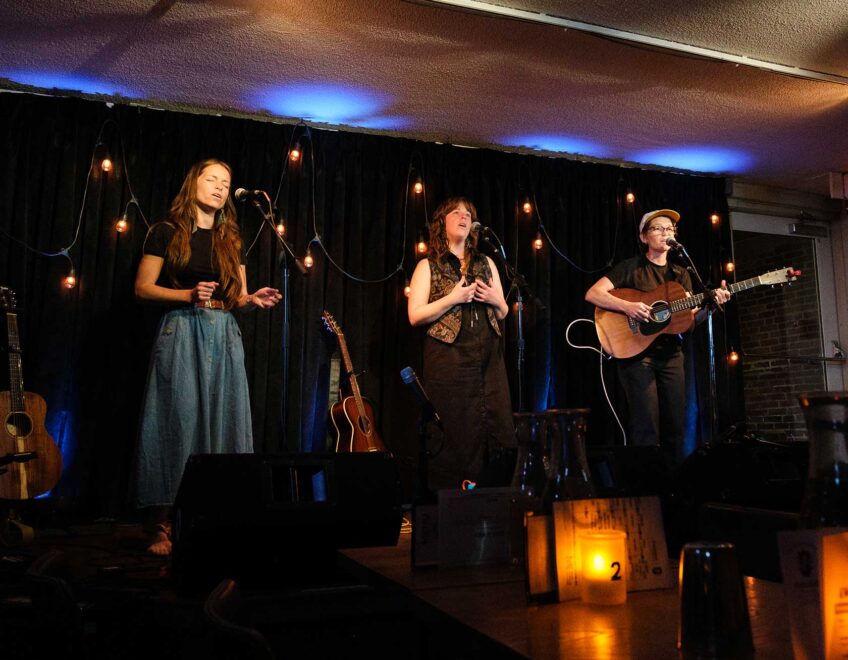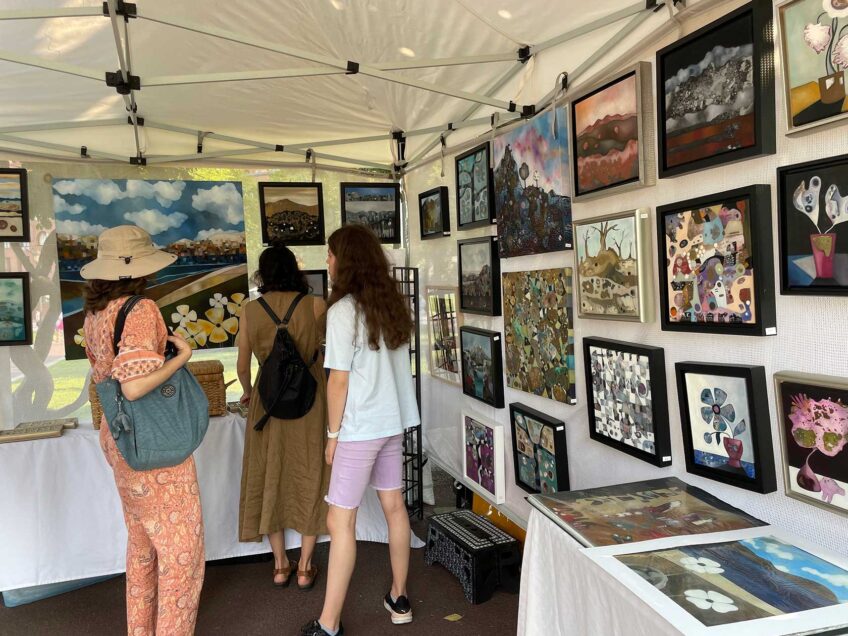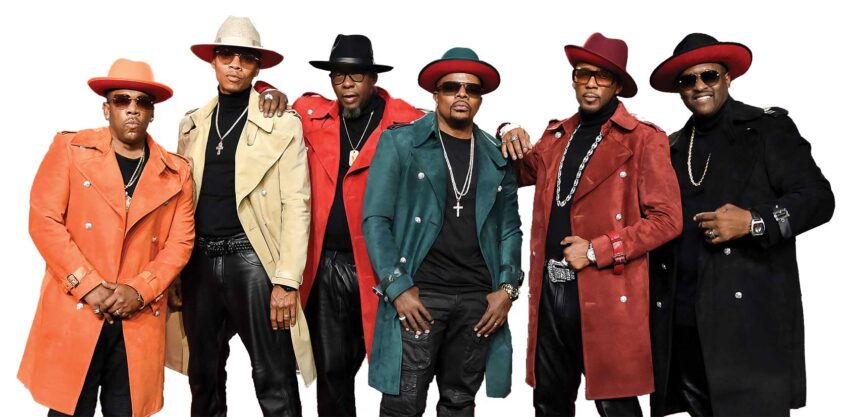‘Free as They Want to Be’
Cooper Gallery show explores African diaspora through photography, film

History and liberation are examined and reimagined in “Free as they want to be: Artists Committed to Memory” at the Ethelbert Cooper Gallery of African & African American Art in Harvard Square. Artists use photography, film and archival resources to explore the histories of enslaved people and the African diaspora.
“Free as they want to be” is a traveling exhibition co-curated by Cheryl Finley and Deborah Willis and organized for the Cooper Gallery by Acting Director Dell Hamilton.
The exhibition opens with Bisa Butler’s electric portrait of Frederick Douglass, “The Storm, the Whirlwind and the Earthquake.” On a patterned technicolor background, Douglass stands casually with his hands in his pockets, wearing a suit made up of bright orange, green, blue and purple prints. This piece is a reproduction, but Butler’s original was carefully crafted out of cotton, silk, wool and velvet fabrics.
“A larger-than-life presence is very much how we think about Frederick Douglass, given that he was the most photographed man of the 19th century,” said Hamilton. “You can see this image from the street and hopefully it beckons you into the space.”
Douglass is a very identifiable subject, and he reappears frequently in the exhibition alongside Harriet Tubman and photographer and abolitionist James Presley Ball. But the show is just as much about the people who were not documented as it as about the few who were. Several reproductions of early tintype and albumen photographs appear with African American figures who are not identified. Their images are preserved, but their stories are still lost to history.
Hamilton has been digging heavily into archives to learn more about these individuals. She emphasizes the importance of this kind of documentation.
“The camera can be a witness to things,” Hamilton said. “For Black artists, it was used as a tool for self-fashioning. Now, too, Black artists throughout the diaspora can tell their own stories with cameras.”
A selection of images by Wendel White showcase artifacts from African American history, everything from a skull used for phrenological testing to a copy of “Narrative of Sojourner Truth.” Here viewers see the archives, the documents we tease history out of, but not the people themselves.
Later in the exhibition, Mónica de Miranda confronts history by photographing Black women standing in locations in Portugal with entrenched histories of slavery. The photographs are a reminder of what happened on this land, and an opportunity to reflect on it from a contemporary perspective.
Not all of the exhibition focuses on the experiences of enslaved people. “Untitled (Dad, 1966 and 1968)” by Sadie Barnette shows two photographs of her father, one in a military uniform and one in the signature beret of the Black Panthers. “Mourning” by Carrie Mae Weems pulls inspiration from Moneta Sleet Jr.’s Pulitzer Prize-winning photograph of Coretta Scott King holding her daughter Bernice during Martin Luther King Jr.’s funeral.
But all the pieces in the exhibition consider Black history, how it has been documented, how it is researched, what the experiences were like at the time and how they should be considered in 2025.
“Because of the moment that we’re in, we were thinking through what it means for Trump to write an executive order and target the National Museum of African American History and Culture and to cancel grants to the Museum of African American History in Beacon Hill,” said Hamilton. “Just because you cancel these grants and you issue these edicts, that doesn’t take away all this history.”
“Free as they want to be: Artists Committed to Memory” runs at The Ethelbert Cooper Gallery of African & African American Art through June 30. Admission is free.






